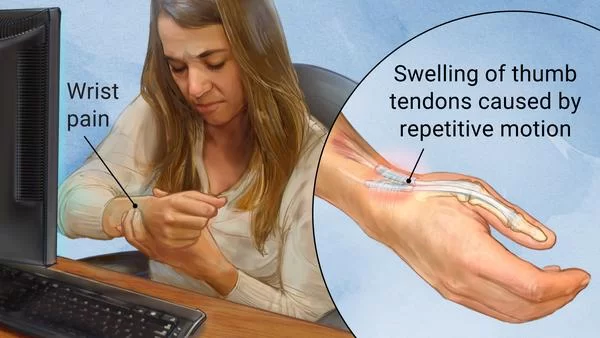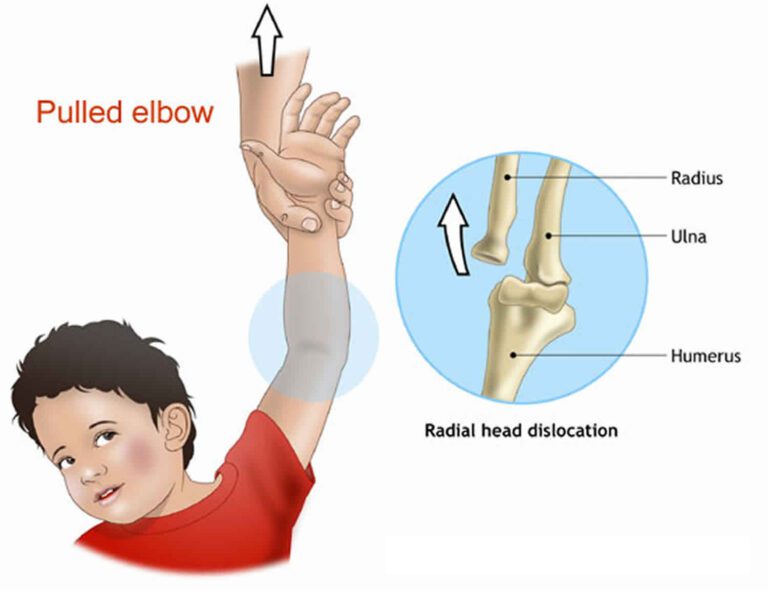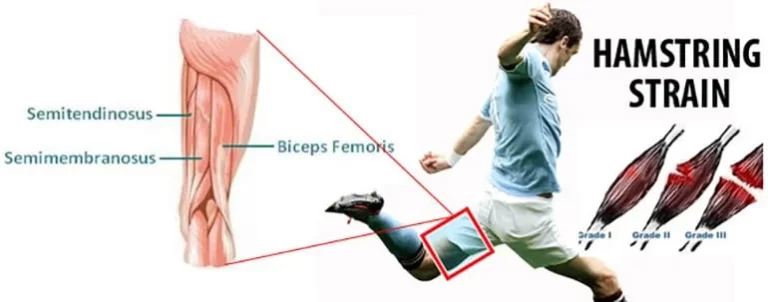Diaphragmatic breathing exercise
Table of Contents
What is Diaphragmatic breathing exercise?
Diaphragmatic respiratory could be a sort of exercise that helps to strengthen your diaphragm a vital muscle that helps you breathe because it represents eighty-fifth of respiratory. This Diaphragmatic exercise is additionally decision as ventilation technique.
The diaphragm muscle has role because the primary muscle of breath and improvement is economical and also the element consumption of the muscles of exaltation is slow throughout lighten respiratory. Once a patient depends materially on the accent breath muscles, the self-generated work of element consumption expand and also the potency of ventilation low
This type of Controlled respiratory techniques, shows diaphragmatic breathing are style to enhance the impact of exaltation, cut back the work of respiratory, upgrade the running of the diaphragm, and upgrade gas exchange and activity. diaphragm respiratory produce infra-abdominal pressure for proper the posture and you’ll be able to come through slow respiration
What are the muscle use for Diaphragmatic breathing exercise?
Diaphragm is primary muscle use for diaphragmatic respiratory.it is dome formed massive muscle that is found deep down of respiratory organ it’s conjointly decision breath and expiative muscle. The second muscle use for respiratory is between ribs and is additionally as skeletal muscle. This muscle facilitate to meet enough air into the respiratory organ. diaphragm conjointly decision as breath and expiative muscle
What are the aims of Diaphragmatic breathing exercise?
- To hold secretions and breathing control
- effective in coughing and remove secretions.
- To educate with relaxation.
- To educate with postural awareness.
- To hold the position thorax and shoulder girdle
- To remove secretion in bottom of lung
- To prevent Diaphragmatic excursion
What are the physiological benefit of Diaphragmatic breathing exercise?
- improves your core muscle stability.
- slows your rate of respiration so it expends less energy.
- helps you relax, lowering stress the harmful endocrine adrenal cortical steroid on your body.
- expand blood vessel come
- increase respiration.
- hypotension
- helps you lower symptoms of asthma.
- enhance your body’s ability to permit intense exercise.
- low your probabilities of injuring and sporting out your muscles
- Warm the hand and feet muscle
What are the procedure of Diaphragmatic breathing exercise?
In supine position
- Lying on your back on a surface or in bed, together with your knees flex and your head supported to the bottom. you’ll use a pillow behind your knees to support the legs.
- Place one hand on his higher chest and therefore the alternative slightly below your skeletal structure. as you’re feeling your diaphragm move as you breathe.
- Breathe in slowly exploiting your nose so your abdomen moves away and it’ll permit your hand to rise. The hand on your chest ought to persist as still as connected
- Tight the abdominal muscles and allow them to fall within as you expire exploitation of your lips. The hand on your belly ought to move down to its original position
In sitting position in a chair, with your knees flex and your shoulders, head, and neck neutral position. you can perform for 7 to 10 minutes, several 5to 6 times a day. Diaphragmatic exercise also call as relation exercise
In sitting position
- Sitting in a chair straight position and lengthen the distance between your umbilicus and sternum.
- your shoulders and neck should be relax.
- pelvis is in neutral position.
- your hands position should be at the side of your lower ribs.
Breath in slow using your nose. As you inspirited feel your ribs should be outwards and upwards. During inspiration expansion of the trunk in three area forward, sides and back. expiration using your nose. As you expirate your lower ribs moving inward direction
Diaphragmatic Breathing exercise video:
What are Precautions taken during diaphragmatic breathing exercise?
- Not enable a patient to force expirate. Expiration ought to be relaxed and controlled manner. Forced expirate solely improve trouble within the airways and causes spasm and exaggerated airway obstruction.
- Don’t enable a patient to require a extremely prolonged exhale. this can causes the patient to gasp with breath method. respiration pattern become irregular and short.
- Don’t enable the patient to use inspirited with accent muscles and higher chest.
- Patient ought to perform deep respiration for under three or fourfold deep breathing at a time to ignore external respiration
What are the indication of diaphragmatic breathing exercise?
- chronic obstructive pulmonary disease(COPD)
- asthma
- post operative injury
- head injury
- brain injury
- inspiratory and expiratory muscle weakness
- atelectasis
- abdominal incision
- musculoskeletal weakness
- neurological condition
- anxiety / depression
What are the contraindication of diaphragmatic breathing exercise?
- acute medical emergency
- fail chest
- rib fracture around chest
- bronchospasm
- alternate hypertension
- spinal cord injury
- pain and discomfort due to injury
- increase intracranial pressure
- airway obstruction
- diaphragm and intercostal muscle weakness
- blood clotting around chest
- emphysema




3 Comments